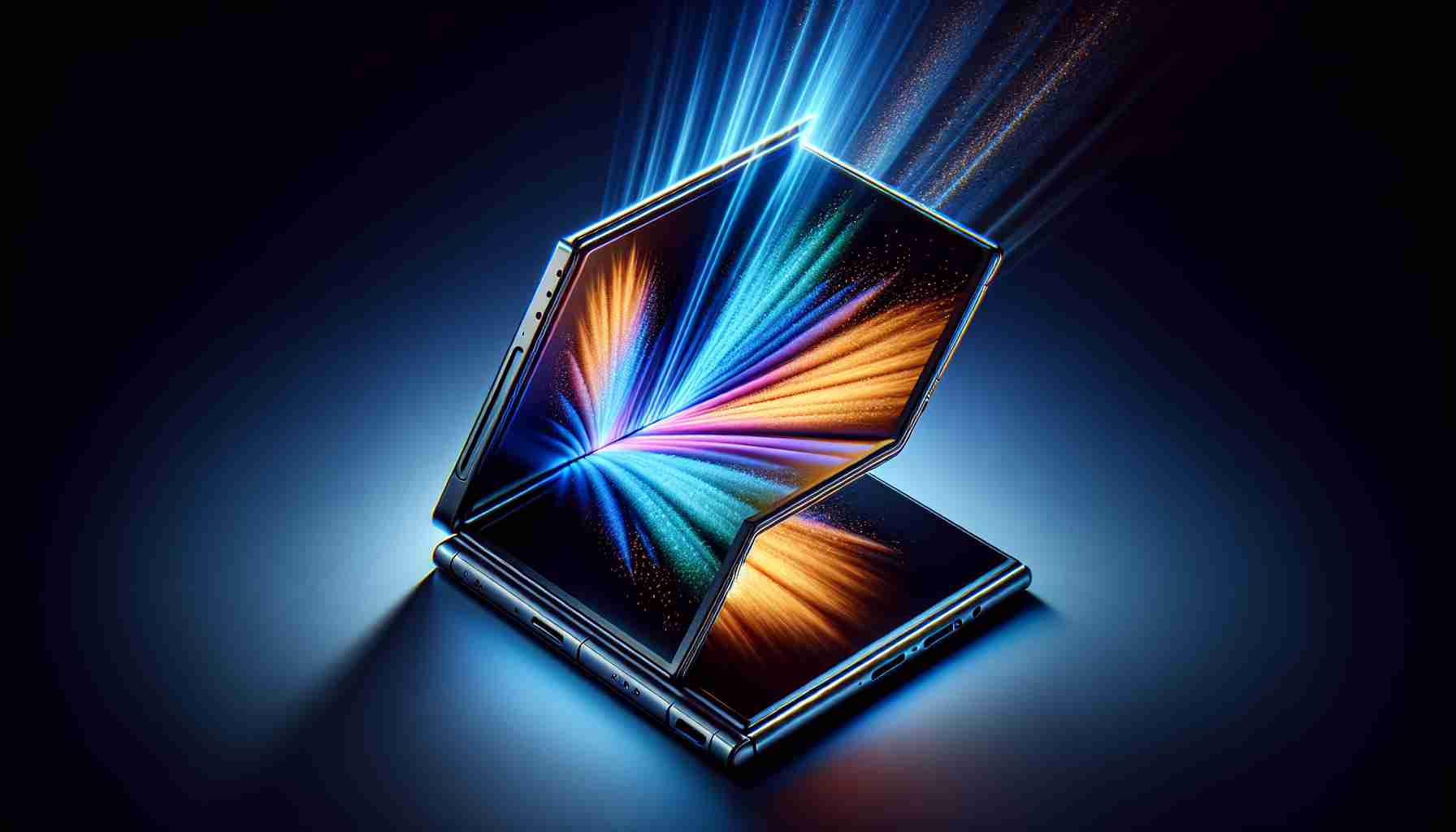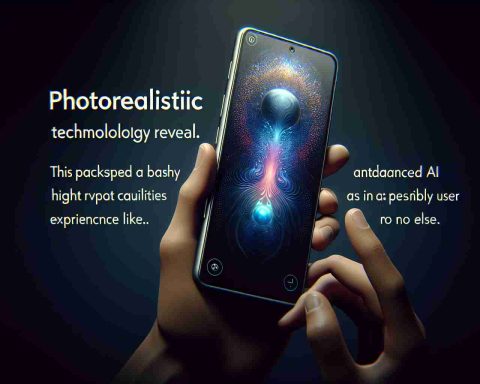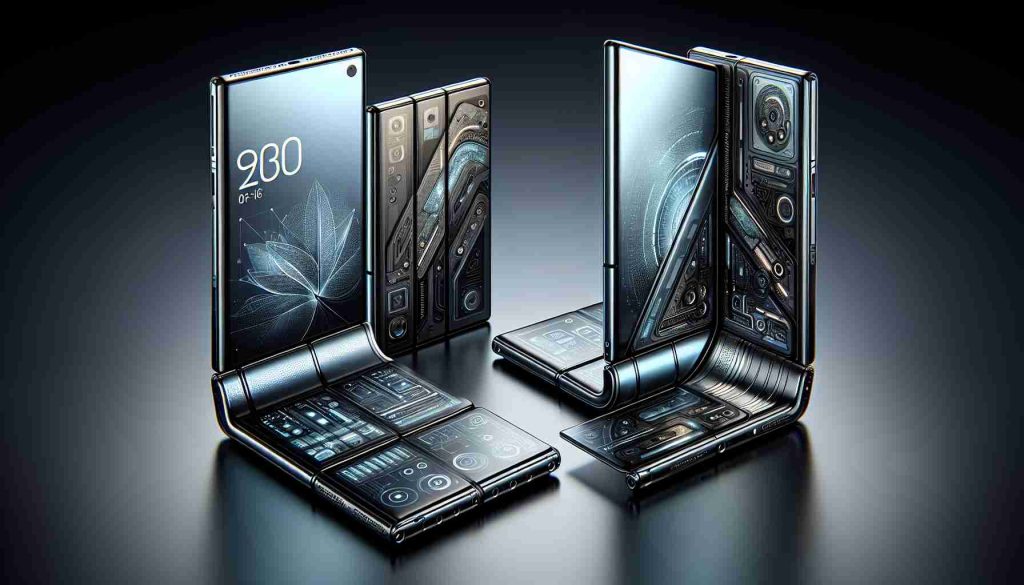Recently, the world of foldable smartphones has seen exciting developments, particularly from Xiaomi. The tech giant has publicly revealed a design patent for a tri-fold smartphone, showcasing its intent to enhance mobile device flexibility. The design, cataloged under the code CN308817132S, was submitted to the National Intellectual Property Administration on December 21, 2022, and presents a Z-shaped folding mechanism similar to that of competitors.
The patent illustration portrays a slender device featuring a horizontally arranged triple-camera system accompanied by an LED flash. Interestingly, this proposed model may not be in active production; it appears to be part of Xiaomi’s ongoing research and patent strategy in the tri-fold domain.
It’s worth noting that Xiaomi’s exploration into foldable technology is not new. Back in early 2019, the co-founder of the company highlighted the first dual-folding smartphone prototype, hinting at a future comprised of innovative designs that push boundaries. While these earlier concepts were primarily experimental, intended to demonstrate the capabilities of flexible screen technology and innovative hinges, Xiaomi has laid a foundation for significant advancements.
This progression illustrates a competitive market where established and emerging players strive to redefine user experiences through cutting-edge foldable designs. As the industry evolves, the race for more practical, versatile foldable devices continues to heat up.
Emerging Designs in Foldable Technology: Xiaomi’s Innovations
As the foldable smartphone market rapidly evolves, Xiaomi has been at the forefront of innovative designs that promise to reshape how consumers interact with mobile devices. Not only has the company obtained patents for groundbreaking technology, but it has also been experimenting with new folding mechanisms and materials that could fundamentally alter user experience.
What unique features set Xiaomi’s foldable phones apart?
One notable aspect of Xiaomi’s potential tri-fold smartphone is the integration of advanced materials like ultra-thin glass and flexible OLED screens. These innovations not only make the devices lighter but also enhance durability. Additionally, Xiaomi is investigating the use of self-healing materials to address common issues such as scratches and dents—this could be a game changer in ensuring the longevity of foldable devices.
Are there key challenges Xiaomi faces in the foldable technology market?
Yes, there are several challenges. Firstly, the manufacturing costs of flexible materials remain high, which can increase retail prices and hinder widespread adoption. Furthermore, achieving reliable hinge mechanisms that can withstand daily use without failure poses a significant engineering challenge. There is also the looming issue of software optimization for these devices, as applications need to adapt to varying screen sizes and orientations.
What are the advantages and disadvantages of foldable technology?
The advantages of foldable smartphones include increased screen real estate without a significant increase in device size, allowing for enhanced multitasking and a more immersive viewing experience. They also offer design versatility that could appeal to consumers looking for unique aesthetics.
On the flip side, disadvantages include potential durability concerns due to the mechanical complexity of hinges and folds, leading to worries about long-term reliability. Additionally, the current generation of foldable phones often carries a higher price tag, positioning them as premium devices that may not attract budget-conscious consumers.
What controversies surround emerging foldable technology?
A noteworthy controversy in the foldable smartphone arena revolves around the sustainability of the materials used. As companies like Xiaomi push for thinner and more flexible devices, some critics argue that the environmental impact of producing such materials can be severe. There is also a debate on whether these devices genuinely offer a significant improvement over traditional smartphones, or if they merely represent a marketing gimmick.
Conclusion
As Xiaomi continues to innovate within the foldable technology space, questions regarding design durability, functionality, and the cost-to-benefit ratio remain crucial. The company’s advancements in materials and mechanisms will play a pivotal role in defining the future landscape of foldable devices. As we move forward, it will be interesting to see how these innovations are received by consumers and whether they lead to a broader acceptance of foldable smartphones in the market.
For more information on Xiaomi and its innovations, visit Xiaomi’s official website.
























